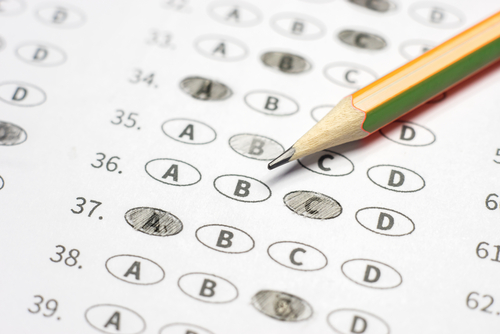A Simple Improvement to College Admissions
One big concern with U.S. higher education is low graduation rates. Barely half of enrollees at four-year institutions graduate within six years. Dropping out of college is a double blow to many students: they pay the direct costs of college for the time they were enrolled without earning the degree that would increase their future earnings potential, and they forego earnings they might have had by working full-time instead of studying. College non-completers, on average, take on nearly as much student debt as those who go on to earn a degree. Improving graduation rates would have benefits felt by students, colleges, and taxpayers who fund public higher education.
A recent New York Times article by University of Chicago professor Devin Pope addressed one very simple policy that could improve graduation rates. College admissions policies could use decompositions of high school GPA and standardized test scores in admissions decisions. Pope cites two recent academic studies to support this claim – his own 2013 paper with Eric Bettinger and Brent Evans and a 2017 paper by George Bulman. The papers provide complementary and common sense findings about the usefulness of student outcomes.
The Bettinger et al. paper finds that the English and Math sections of the ACT are much more useful in predicting college success than the Reading and Science sections, and the Bulman paper finds that junior and senior year grades are much more predictive of college and future labor market success than freshman and sophomore grades. Admissions officers may well know this already, and universities that holistically evaluate applicants likely take this information into account, but the authors point out that many admissions rules and algorithms, as well as some merit-based scholarships, use unweighted test scores and GPAs. Interestingly, the argument for using this information sidesteps the most controversial aspect of college admissions rules: affirmative action. Both papers find essentially no difference in the demographic characteristics of those favored or disfavored by weighting.
The potential gains from proposed changes are not trivial. Bulman writes that a proposed reweighting “would change the set of admitted students by about 13% for a university with an acceptance rate of 50%, and that new admits would be 10 percentage points more likely to graduate than the students they replace.” For a large state school, that could add up to a hundred fewer dropouts per year at almost no additional costs to the university. Any new decision rule would be equally transparent and fair to applicants as current systems. It would only be a minor step to increasing graduation rates overall, but it is an easy and smart step to take.









